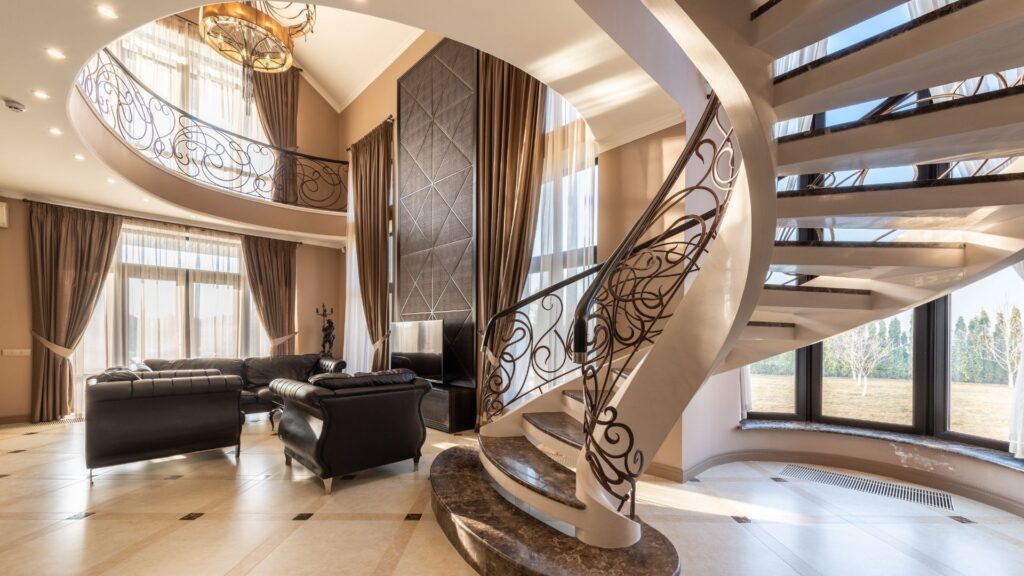
Choose the Best Lighting to Illuminate Your Home and Heart
Designers and architects consider how people will emotionally respond to a space while making aesthetic decisions. The way a room lights up has a huge impact on how people perceive it and can boost the aesthetic value of a building by eliciting sensations in the people who use it. What would become of buildings if they lacked proper lighting?
Light, whether natural or artificial, brings out the best in a room’s design by emphasizing its textures, colors, and shapes. Since vision is our primary sense, lighting plays a significant role in enhancing the experience of built environments. When designing architectural lighting, it is important to strike a balance between form and function while also optimizing energy economy.
It is one thing to design a stunning lighting scheme; it is quite another to design one that is also highly economical to run. One way to accomplish this is to minimize light leakage and increase the proportion of light that reaches its intended destination. The structure will function more efficiently if less light is wasted. Changing from fluorescent to LED lighting is a simple solution. LEDs’ directed nature allows for less light to be wasted than fluorescent, thanks to the technology.
If you want to renovate your home and want to know how important proper lighting is for your project, Sirwiss-affiliated lighting specialists give valuable information in this article, so keep reading.
Different Types of Lighting
1. Architectural lighting
2. Ceiling lights
3. Pendant lights
4. Recessed lighting
5. Track lighting
6. Under-cabinet lighting
7. Pendant lighting
8. Chandeliers
9. Wall-mounted lighting
10. Floor, table, and desk lamps
When properly planned and executed, lighting can completely alter the character of a room and perhaps the entire house. But when it’s botched, we can’t take our gaze off of it. Lighting may be the only aspect of decor that so successfully marries function and form. Although lighting may appear straightforward, it is everything but. Lighting is both an exact science and a creative endeavor, and its complexity stems from the need to strike a happy medium between aesthetics and practicality. Therefore, you should take your time when deciding how to light your home.

Illuminate Every Room Beautifully
Lighting design is crucial to how a space is received in real life. The mood of a room can be dramatically altered by strategically placed lights. Learn from the pros below about the best ways to light your favorite rooms, as well as the neat tricks you should follow. One thing is certain, though: our experts agree on the importance of this one rule: never rely on a single light source for lighting a whole area.
1. Lighting Sets the Tone
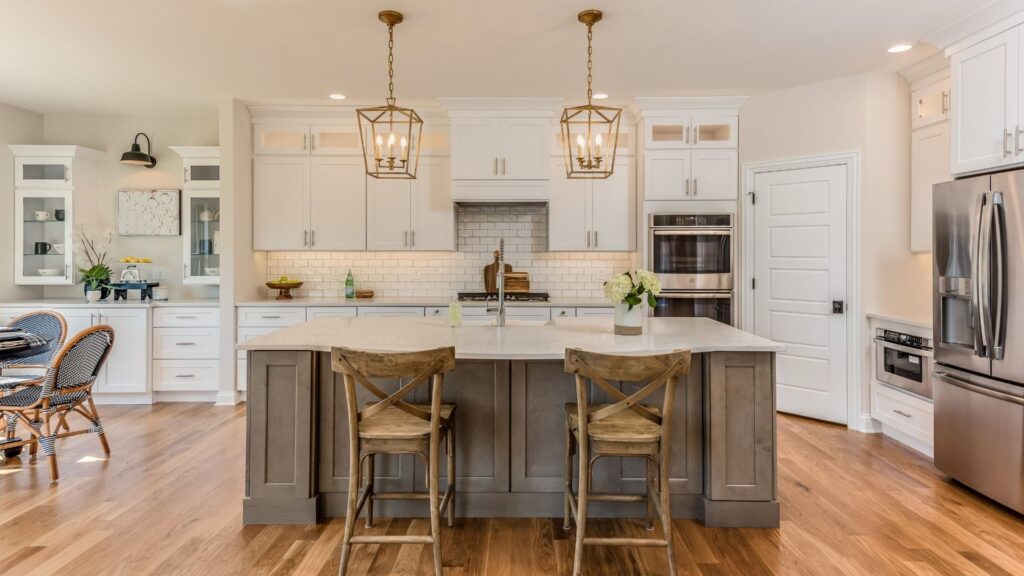
The purpose of lighting in a living room, for example, is usually comfort and coziness, so keep that in mind. An attention-grabbing center piece would be installed first, followed by complementary floor and table lighting for ambience. If you want to bring attention to your artwork, you should use accent lighting.
2. Style, Aesthetic, and Time Period
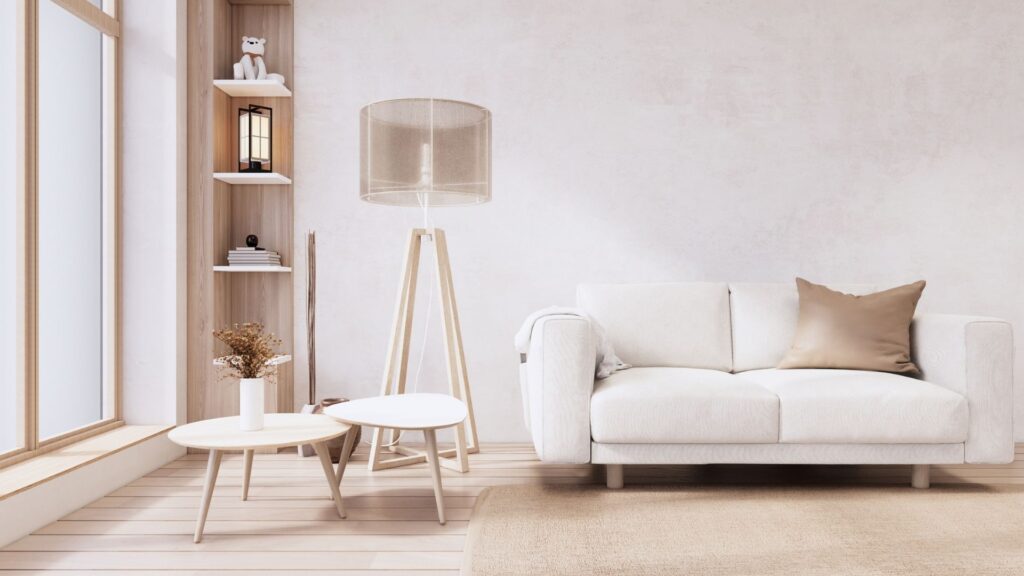
When deciding how to light a room, it’s important to think about the mood you’re trying to create and how your lighting choices will affect that. If not, it will be very obvious. There’s a light fixture out there for everyone, whether you’re a minimalist who loves a 1920s globe drop chandelier or a maximalist who gets lost in the glistening reflection of a glass chandelier. The lighting options in restored historic houses are extensive. Depending on the space, it may be possible for one or two of these sorts to cohabit happily, but using too many at once is likely to cause confusion.
3. Hide Your Bulbs
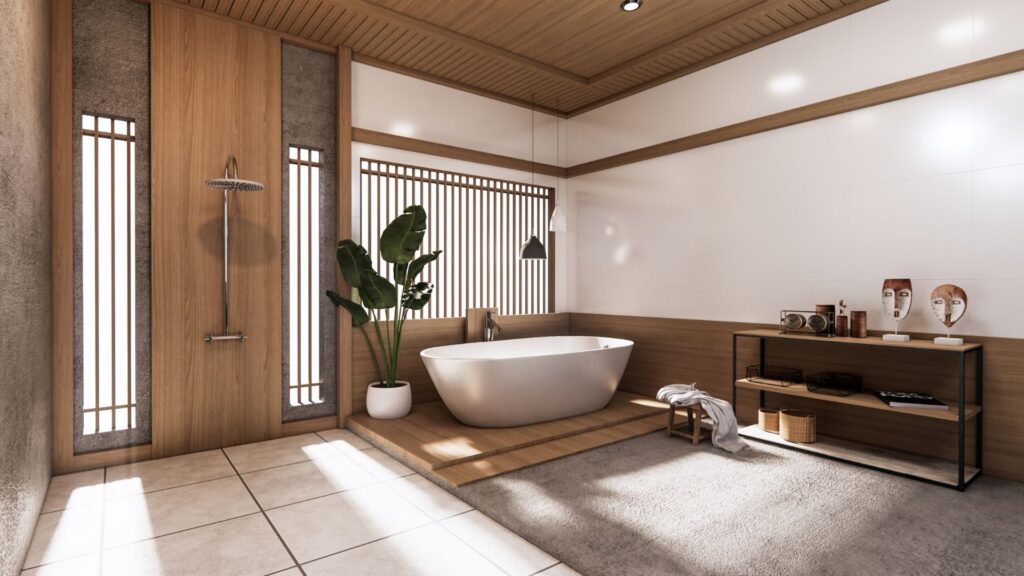
Light fixtures must be seen, but bulbs must be concealed and backlighting must be prevented. This is a typical problem in the kitchen, but it can be easily fixed by installing under-counter and LED lighting.
4. Dimmers Are Your Friends
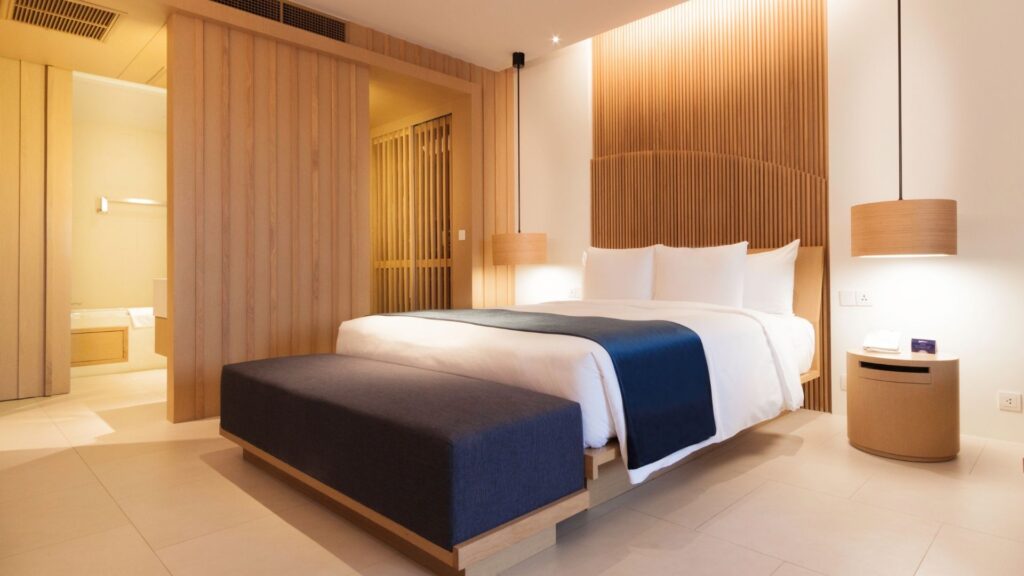
For some, the more subtle the atmosphere, the better. Managing the lighting in a room is crucial for establishing the desired mood and performing a variety of tasks. When you’re lying in bed reading, you don’t need as much light as when you’re cleaning the floor or dusting the furniture. They’re great for setting the mood at any time of day or night, or for special events like parties. Our professionals advocate for this because of the significant impact it has on the overall experience.
5. Mix and Match Light Sources
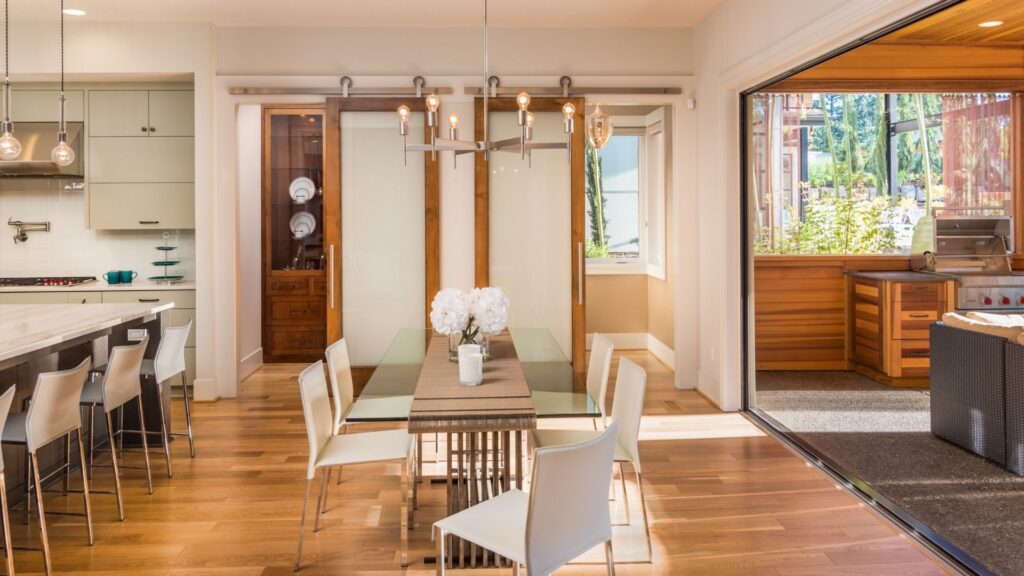
Light from above is usually necessary in larger rooms, but a few well-placed floor and table lamps can create a cozy atmosphere in smaller ones. Multiple sources of illumination are always recommended by professionals. When there is only one light in a room, it might cast harsh shadows or wash out the decor. Lighting from above should be used with caution. The light coming from above should not be the exclusive source of illumination. Although it illuminates a room uniformly and evenly, its shadows will prevent you from looking and feeling your best. Layers are crucial: When light is layered and blended smoothly into a space, an alchemy is generated. This means that there is no easy cut and dry calculation for [how many light sources you need in each room].
6. ‘Shade’ of Lighting
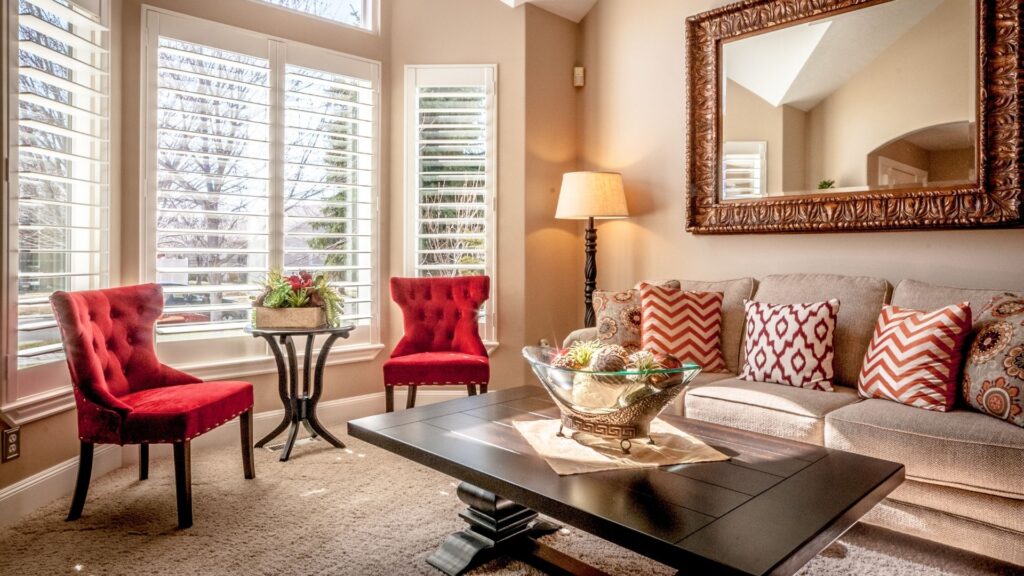
The mood of a room can be altered by adjusting the lighting to one of several levels. Some emit whiter, dimmer light, while others may be adjusted in three directions to serve as either bedside lamps or tabletop readers.
Choose a bulb tone with extra care and method. The bulb’s color temperature should be one of your initial considerations when shopping for a light. Light’s whiteness, or “color temperature,” is measured in kelvins, with lower numbers indicating a warmer glow and higher numbers indicating a cooler one. To give you an idea, the average temperature of the sun at midday is around 5500 Kelvin. Always between 2700 and 3000 Kelvin, my home’s lighting is just the right amount of cozy.
The color rendering index (CRI), also expressed as a number from 0 to 100, is another crucial metric for evaluating a bulb’s efficacy. This derived metric characterizes the light source’s accuracy in reproducing colors. In order to preserve the integrity of the room’s aesthetic, we check all residential lighting to make sure it has a CRI of at least 80. Warm whites are very popular. Their presence warms up the room. Don’t go for a blue-white color scheme; it seems too industrial.
7. Lighting Isn’t in the Way
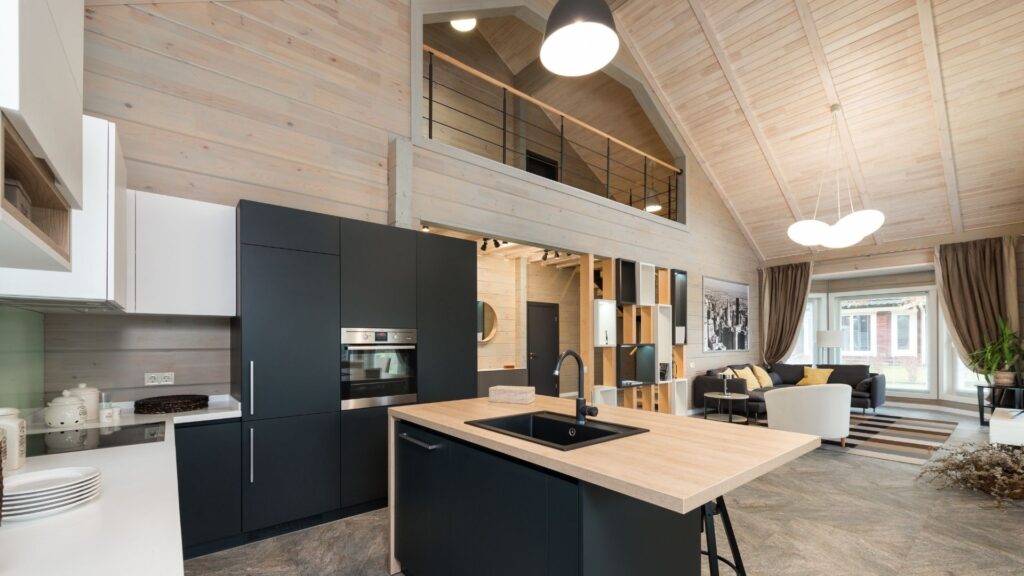
When lighting a room from above, take care that the light doesn’t obscure any of the room’s structural elements. Views should not be obscured by overhead lighting. The same goes for the lighting in your room; it should complement the design of the space. Also, make sure [your lights] aren’t blocking any doorways or hallways. Most foyers have ceiling lights, but if you don’t have any, you might as well get used to stumbling over a floor lamp every time you enter a room. Light & Dwell’s beautiful foyer features a table lamp on a hidden console table.
8. Important are the Switches
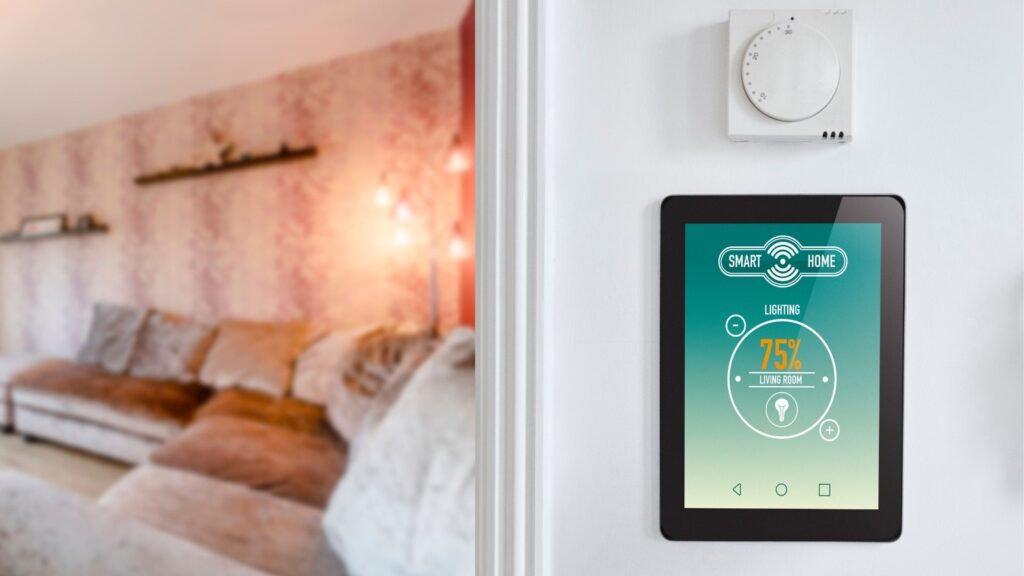
You should have some well-placed switches to power your lamps, but lamps are a great method to softly show your particular style. Changing the light switch covers around is also a lot of fun. Which do you prefer, brushed nickel or brushed brass? Since you’ll be using the light switch frequently, it makes sense to ensure that it also complements the design of the room.
9. Lampshades are Fun Accessories
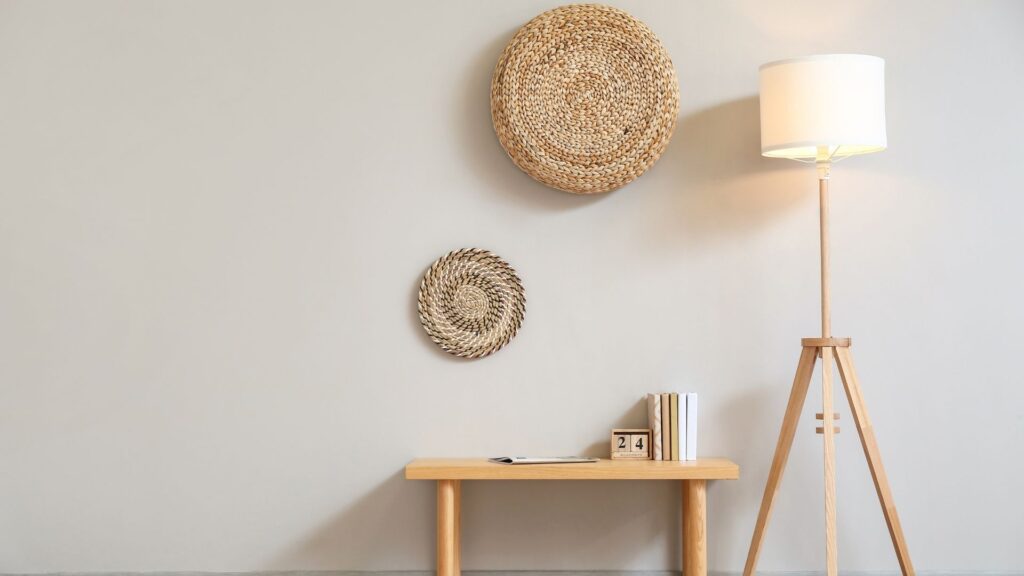
Lamp shades are a fun way to show your personality and taste while also enhancing the look of your space. This can be done with a simple linen shade or something more abstract to show off your sense of design in the space. Example of a House of Harvee living room: The pendant light’s vibrant lampshade softens the room’s pink sofa and adds a touch of nature. Feel.
Light sources, such as table lamps, floor lamps, and ceiling fixtures, should be strategically placed in each room. Light fixtures mounted on the wall aren’t strictly required, but they can be a nice touch for illuminating artwork or setting the ambiance. Dimmer switches, on the other hand, are. This is only the beginning when it comes to room illumination. Check to be sure the lighting is sufficient, whether or not you need glasses for the task at hand. In that case, please follow this practical and stylish manual for home illumination.